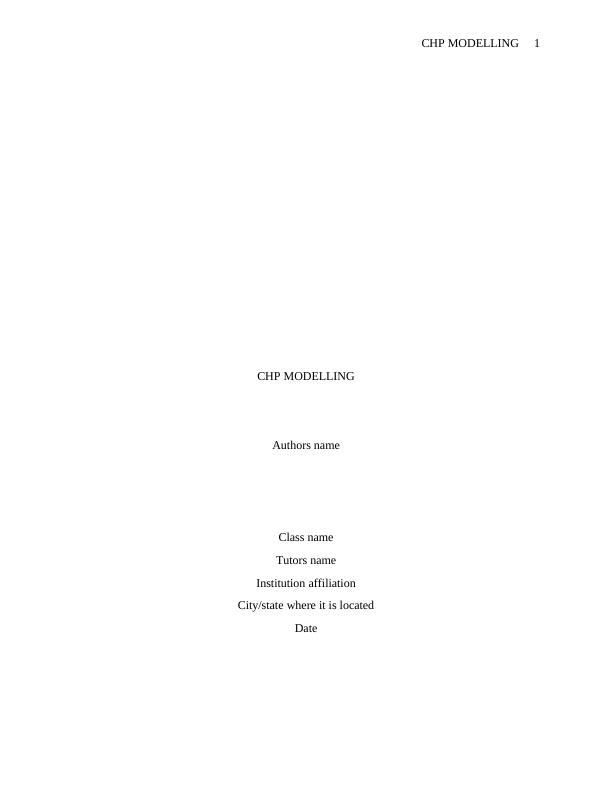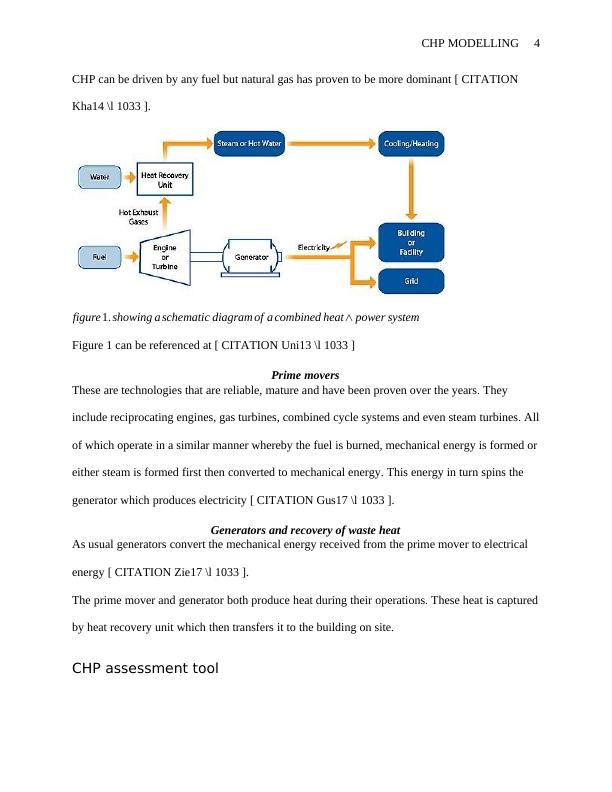Ask a question from expert
Chp Modelling Assignment PDF
20 Pages5693 Words83 Views
Added on 2021-06-18
Chp Modelling Assignment PDF
Added on 2021-06-18
BookmarkShareRelated Documents
End of preview
Want to access all the pages? Upload your documents or become a member.
Low Carbon District Heating Using Combined Heat and Power in U.S
|21
|5343
|41
Combined Heat & Power System Feasibility
|14
|5471
|107
Life Cycle Assessment of Pyrolysis, Gasification and Incineration Waste-to-Energy Technologies
|5
|652
|434
Energy Distribution and Generation
|16
|2853
|137
Increasing Efficiency of SI Engine with Turbocharging and Electrical Assistance
|22
|4799
|350
ME405: Thermal Systems Design Assignment
|7
|603
|61



